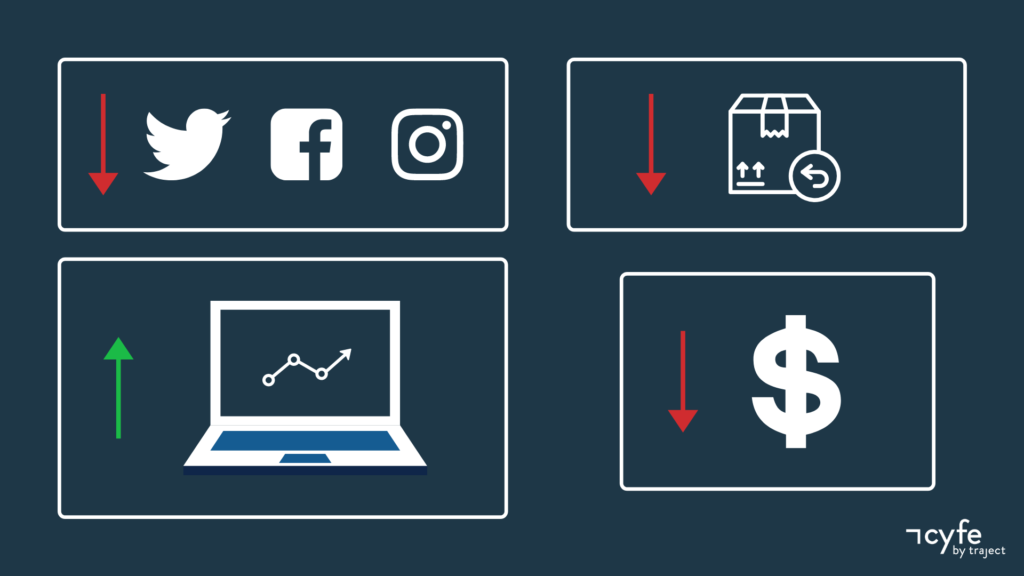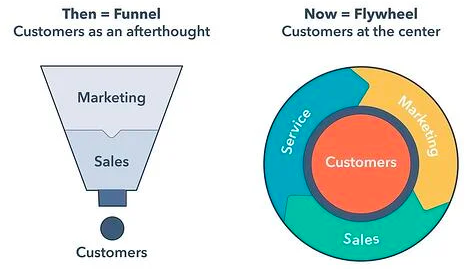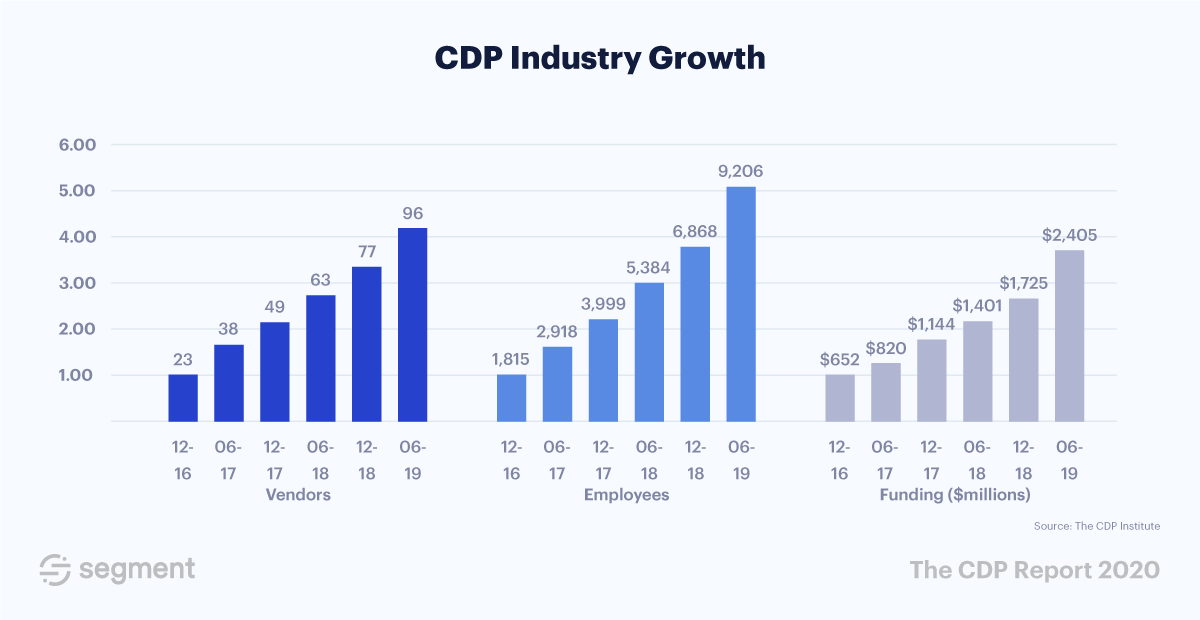From wearable fitness devices to Wi-Fi accessible programmable home thermostats and smart refrigerators, consumers anticipate aspects of their daily lives to connect digitally to products and services. With this, they hope to remain relevant in addition to being seamless, frictionless and non-intrusive. Organisations operating in this digital world have to deliver contextually relevant and highly personalised engagement across all touchpoints. To achieve this level of relevance and personalisation, Customer Data Platforms (CDP) are increasingly becoming a popular option.

CDPs are especially the biggest asset for the organisations in this day and age where data is being generated in unprecedented volumes, velocity and variety. Organisations face an uphill task of ingesting, connecting and accessing this cornucopia of data to drive meaningful outcomes for both the consumer and the brand. To efficaciously carry out digital transformation, it is of paramount significance to operationalise the data at speed, accuracy and depth required to drive a new level of engagement.
Therefore, at a time, when we are generating more information in a day than in a century, how a Customer Data Platform can help and how different it is when compared to a Customer Relationship Management (CRM). To begin with, it’s better to get an in-depth understanding of ‘the data challenge’ that digital businesses face.
The data factor

Let’s begin with a data silo scenario. An influencer online has a poor experience with your product and shares their bad experience on social media. You witness a sudden increase in returns and a drop in sales but, for publicity reasons, your website traffic would actually be reaching sky-high. If your support team, marketing team and social media team are not communicating, confusion would set in as to why website traffic saw a spike but sales decreased. One of the most common hurdles associated with big data is related to information integration.
What do you mean by a data silo? A separate group of data that remains under the authority of a department and is isolated from the rest of the organisation is said to be a data silo. Think of it as a grain in an agricultural silo that is isolated from external influences which can either be in the form of raw data that has not been processed or reviewed or just data stored by various business units in a large enterprise. It can also be generated where data is stored in a way that can’t be read by software. One of the main reasons for creating a data silo is the structure of the organisation itself. To speed up the work processes, when an organisation is big enough, it gets divided into specialised teams. As a result, the flow of data between teams happens at a snail's pace. Once the data is gathered without a strategy (as these can be made available to other departments), data silos inevitably emerge.
Thus, data silos are of huge relevance to digital businesses. They may look harmless on the surface but can pose problems. The key disadvantage with the siloed customer data is that it makes it difficult to understand who your customers are, what they are doing, and what they want. The absence of data-driven insight into the core of your business would make decision-making less effective. For improving engagement with new and existing customers, every category of customer data can be leveraged. For the customer data to be useful, it needs to be removed from the silos, unified and accessible.
A Customer Data Platform is, therefore, a much-needed marketing technology that can help enable efficacious data-driven marketing. This is because the smarter projects get benefitted from central orchestration and management of data.

Bringing in Customer Data Platform
A Customer Data platform solves the problem of disconnected customer data systems and delivers the right engagement for the right person at the right time. As a packaged software for marketers, it gathers and unifies data in a consistent database and links information from several sources. This helps in creating a single, unified view of each customer and personalising every customer touchpoint. No wonder it has witnessed a massive growth in recent years.

To know more about CDP adoption, read how to know if a CDP is right for your organisation, how to choose the right CDP, and how to successfully implement it.
CDPs are often confused with Customer Relationship Management (CRM) solutions and Data Management Platforms (DMP). The reason is that all of them deal with customer data. But they are different from each other. DMPs support web display advertisements. They collect data from cookies for campaigns designed to gain new customers. CRM, on the other hand, utilises tools and technology for collecting customer data that will be used by marketing teams for building a strong relationship with the customer. Unlike the Customer Data Platform, CRM doesn’t aggregate or analyse data from multiple sources. However, a CRM solution can use CDP data. In this blog, we will only focus on how CDP differs from CRM and is a better solution.
CDP vs CRM
| Metrics | CDP | CRM |
|---|---|---|
| Who’s it for? | Acts a data marketplaces designed primarily for marketers | Designed for sales team to gather, track, and manage the details needed about customers and prospects |
| Data collection |
|
|
| Data analysis | Does the assessment of customer behaviour and customer journeys | Does the assessment of sales pipeline and forecasting |
| Type of customer data | Tracks both online and offline customer data | Cannot pick up on offline data unless it is manually entered |
| Data duplication | Manages several data points via a large number of sources thereby minimising replication or loss of data | Gathers manually-entered data that can get lost or mislabelled in the case of improper handling |
| Customer segmentation |
|
|
End thoughts
Digital transformation is quickly becoming a significant component of the business environment today. A whole new level of fluidity and accessibility of clean, continually refreshed, connected, low latency customer data is required to be available on-demand across the enterprise. This is where the importance of CDPs lies in. A CDP can be a gamechanger for the enterprises. The growth and evolution of the customer data platform is an acknowledgement that data quality, governance, privacy and integration are key to the customer experience today.
For businesses dealing with known customer base and tangible business processes like creating quotes and orders for products sold, CRM would do just fine. But, for businesses that are looking to reach out to large potential audiences, wanting to identify both known and unknown customers and requiring marketing functionality for connecting with these audiences, CDP solution is the way to go. Contact us at [email protected] for leveraging CDP and transforming your marketing efforts.
Subscribe
Related Blogs
Why should you prioritize lean digital in your company?

We are living in an era where the change and innovation rate is just so high. If you want your organization to reach new…
How to measure your open source program’s success?

Along with active participation, it is very important to look after the ROI of open-source projects, programs, and…
Understanding the significance of participating in open-source communities

Do you think contributing to the open source community can be difficult? I don’t think so. Do you have to be employed by a…



